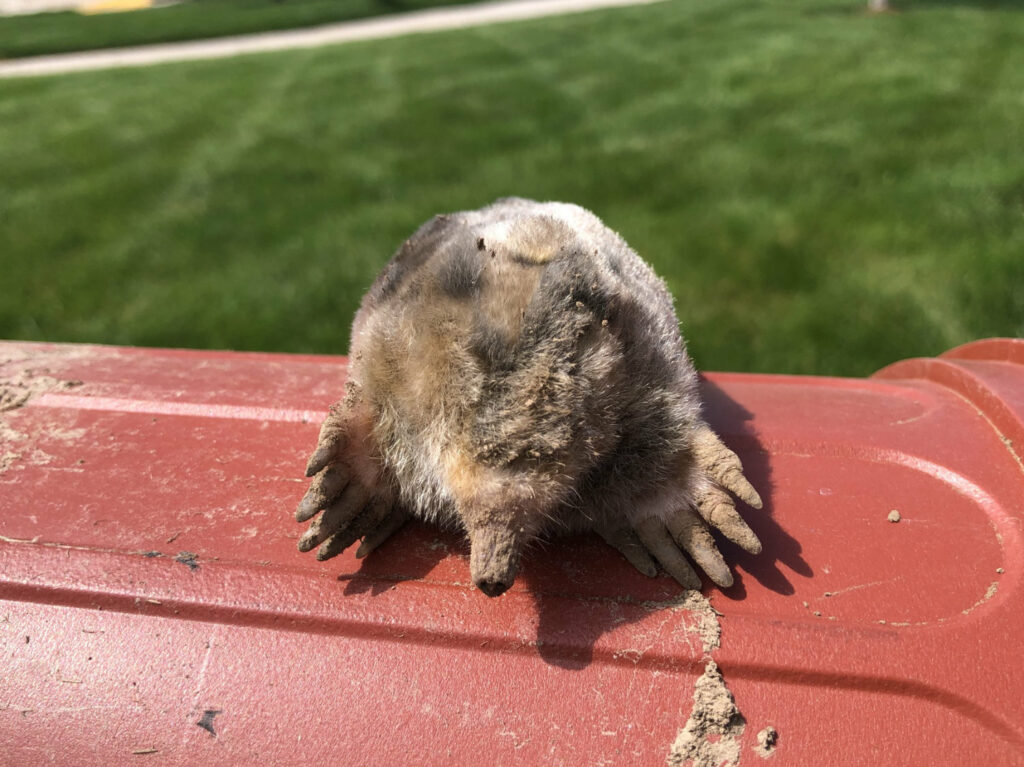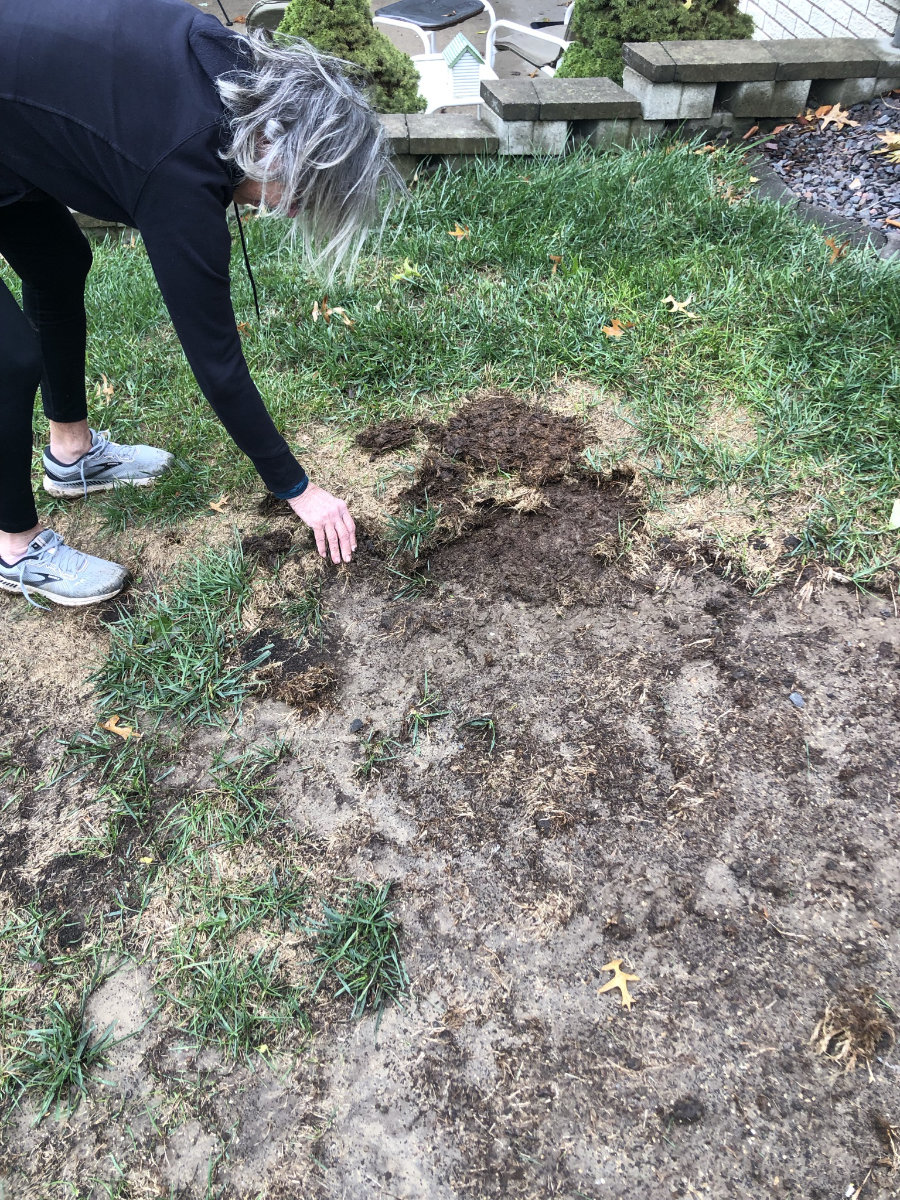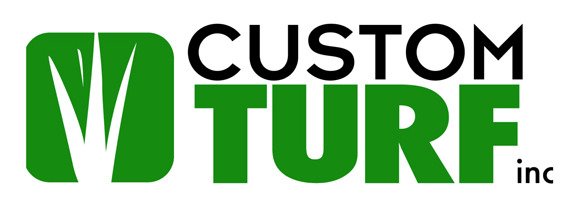How to treat insects / grubworms?
Apply an insecticide to treat insects and grubs while they are active and close to the soil’s surface. The presence of moles does not always mean that you have grubs; however, if you eliminate grubs you are eliminating one of a mole’s food sources.

Custom Turf does excellent work! Our lawn looks amazing going into the summer months after looking rough from the winter! I highly recommend Custom Turf!
Mandy
Good Riddance to Grubs
This insect and grub application requires rain or water to get the insecticide into the ground where the grubs are active. Grubs feed on the roots of healthy grass; evidence of their damage is often noticed too late when the damage is already done. Grub damage is obvious; the grass will die out and roll-up like carpet.
Grubworms are whitish, c-shaped worms that burrow into your soil. They are at the larva stage of several species of beetles (i.e. June bugs, Japanese beetles). They cause damage to your lawn by feeding on your lawn's root system at certain times in the season. The summer is when grubworm populations are at their highest, and is the best time to control them with a special insecticide.
Evidence that your lawn has a grubworm infestation is wilted, brown turf that is often dead. Turf that can be easily rolled back is also a sure sign of high grubworm population levels. You don't need to look too deep into the soil to find these offending white grubs.
If your lawn has had grub damage before, you realize how grubs can destroy a lawn without knowing since they feed underground on the grass roots.
Call Custom Turf Inc. today to discuss your lawn's grubworm population. One of our team members will come out for a free evaluation.
SUMMER HEAT, DROUGHT AND DISEASE CAN BE DAMAGING
If we don’t continue to get the necessary rains, lawns may go through a stressful period. High temperatures are tough on turf. Combine the heat with long stretches of little or no rainfall, and lawns will start showing signs of heat and drought stress in no time.
If your grass is yellowish-green in color, or if your footprints remain in the turf after you've walked on it, these are sure signs that your lawn can use some help. In severe cases, turf can go into a dormant state with the entire lawn turning brown. This is normal.
WATER PROPERLY TO AVOID STRESS
The best way to prevent heat and drought stress is to give your lawn plenty of water. As a general rule, your turf needs from 1" of water per week from rainfall or sprinkling. When irrigating, it's important to let water soak into a depth of 6" so that enough moisture reaches the roots.
Less frequent, deeper watering is more beneficial than frequent, shallow irrigating. Also, it’s best to water early morning when less water will evaporate in the sun’s heat and to piggyback with the morning dew.

